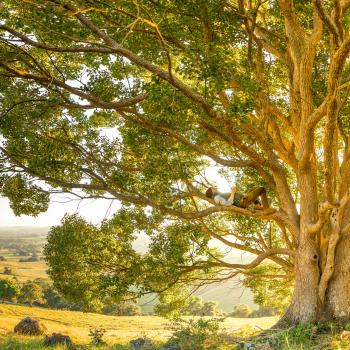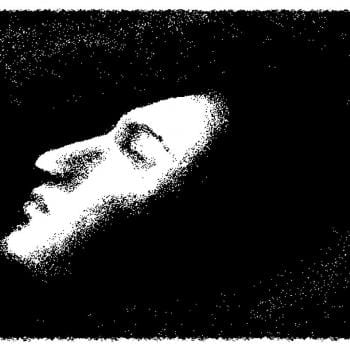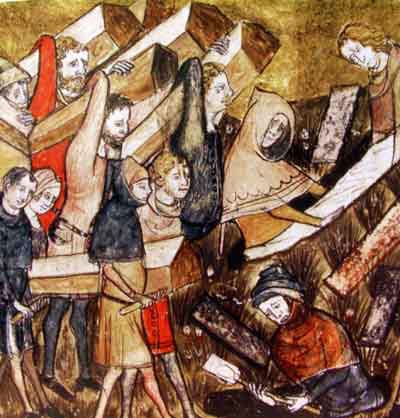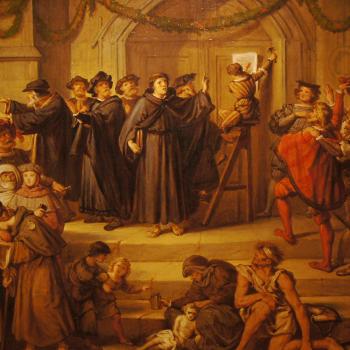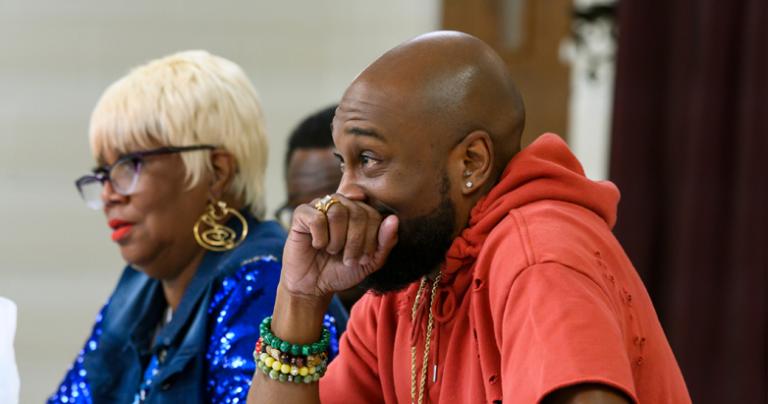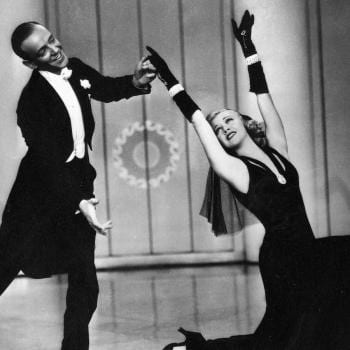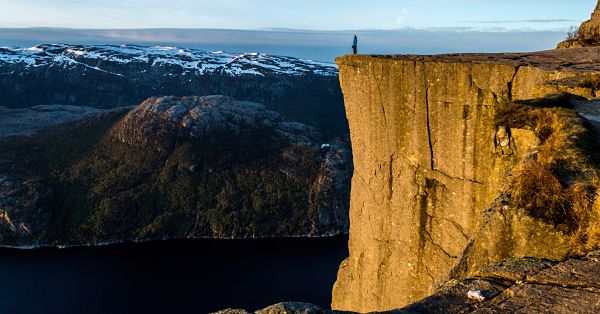- Trending:
- Pope Leo Xiv
- |
- Israel
- |
- Trump
- |
- Social Justice
- |
- Peace
- |
- Love

Science Fair
Director: Costantini,Foster
Run Time: 90min
Worried about youth today? Scared for the world’s future?
I have a cure—or at least an analgesic: National Geographic’s delightful documentary Science Fair.
More than 7 million kids compete in science fairs every year, according to the film, and I wouldn’t be surprised if that number’s low. For many, it’s an annual ordeal—the time of year you dip pennies in cola or stick electrical wires in potatoes and slap the results of your experiments on a bit of free-standing cardboard.
But some of these high schoolers have more in mind than just a B-minus. They want to change the world with their work. Competing in the International Science and Engineering Fair—the Super Bowl of high school science—is just a stop along the way.
National Geographic follows several teens to the ISEF in Los Angeles, where they compete with 1,700 others from 78 countries. Their backgrounds, personalities and roads they took to get to L.A. are as varied as the science projects themselves.
Some teens almost feel like they were stamped with scientific greatness from the beginning. Take Anjali, who took the ACT college entrance exam when she was just 13 and walked out with a perfect score. Now one year older but already in high school, she’s one of the best and brightest at Louisville, Kentucky’s prestigious DuPont Manual High School, the very name of which, according to Anjali, “strikes fear and disgust” in other Kentucky schools envious of its reputation.
Or look at the kids from Jericho High School in Long Island, New York. Watching Dr. Serena McCalla push her science fair students, you get the impression they have no choice but to succeed. “I want them to know that when they’re excellent, they will get what they desire,” she says.
But others beat the odds to find their way to L.A. Seventeen-year-old Robbie from Shenandoah Junction, West Virginia, would rather program his calculator to hurl Shakespearian insults than pass high school math. (Really.) But he’s a genius with neural networks, and he lands in L.A. because of it. Or there’s Kashfia, a hijab-wearing student in Brookings, S.D. As her high school rallies around its 0-9 football program, Kashfia works on her project in utter anonymity, the football coach ironically serving as her adult sponsor.
Myllena, a 17-year-old from the small, dusty city of Iracema, Brazil, works on a solution to the Zika virus with her science partner, Gabriel. Her father’s a farm hand, her mother’s a maid. The community pays its teachers next-to-nothing. “There were people who looked at our work and said, ‘What a crazy idea,’” Myllena says. “’Look at who you are, public school students. You’ll never be able to do this!’”
But they did.
These very different but uniformly likeable teens, along with 1,700 others, converge on Los Angeles to compete, make friends with each other and maybe even dance a bit (though one student admits that “The better you are at science fair, the worse you are at dancing”).
And as these kids patiently explain the intricacies of their work and show the passion they have for it, we viewers—the ones of us who dipped pennies in soda during our own science fairs—come away not just impressed with the gobsmacking intelligence we see in them, but the hope they represent.
Science Fair makes you smile—not just a surface smile because it’s a fun, entertaining, well-made documentary (which it is), but a deeper smile. One that comes of being encouraged and inspired by these high schoolers, and what they can do in the coming years.
“If I started doing drugs and other stuff right now, at age 14, I probably wouldn’t make it past age 30,” says Anjali. “And then how could I give anything back to the world that has given me so much already?”
If Whitney Houston was right—if the children are our future—the future looks like it’s in pretty good hands.
--Paul Asay


